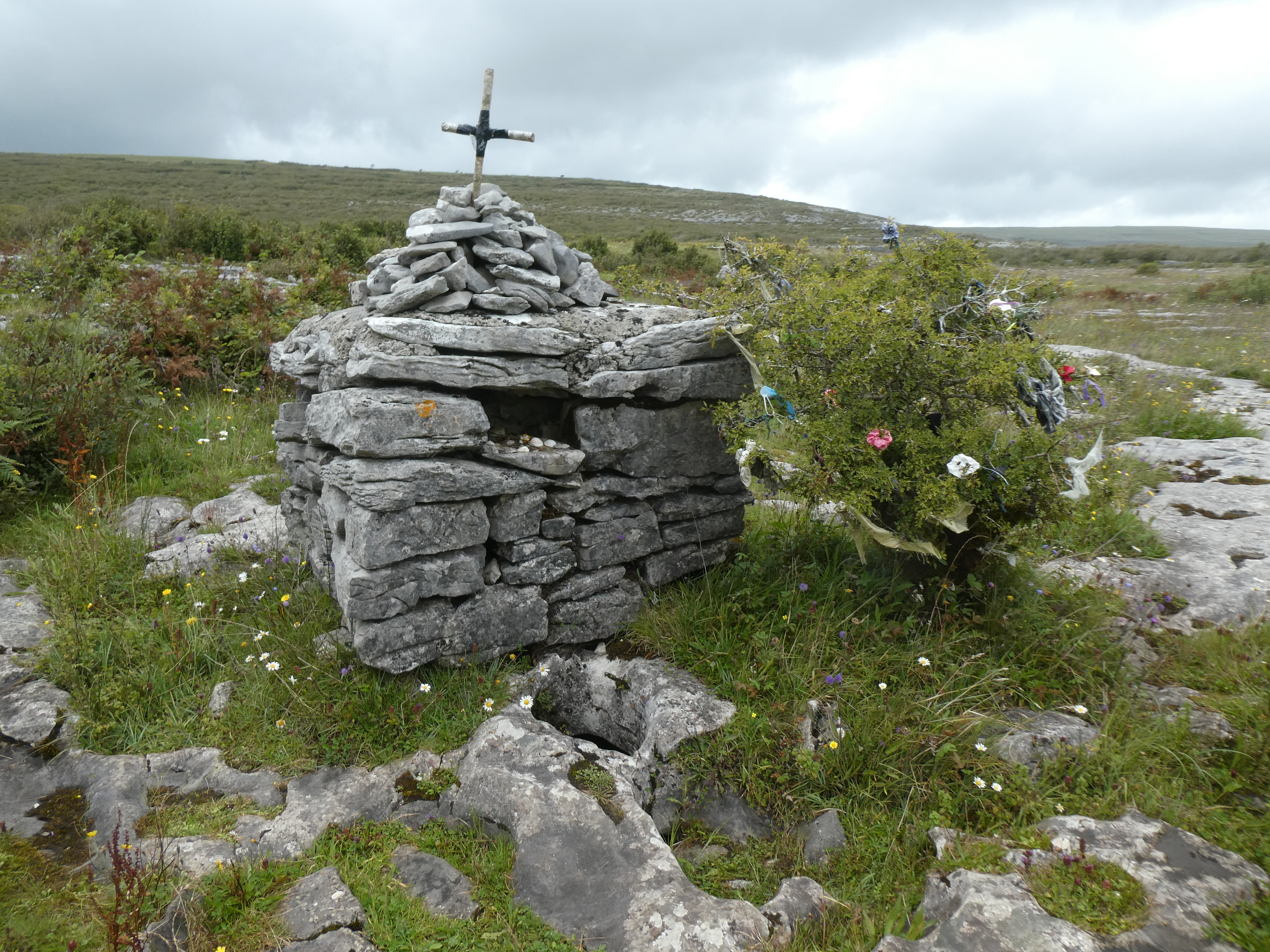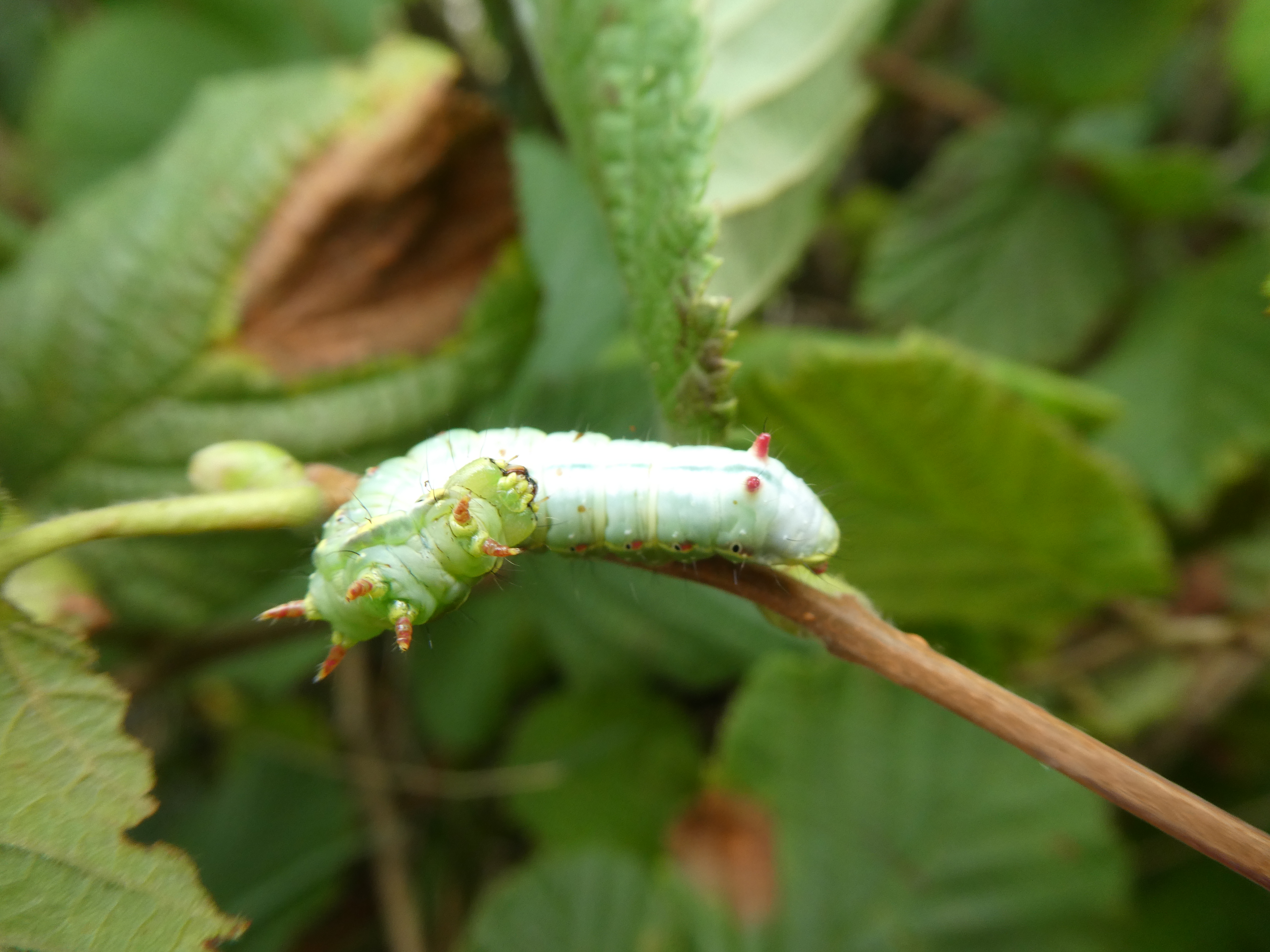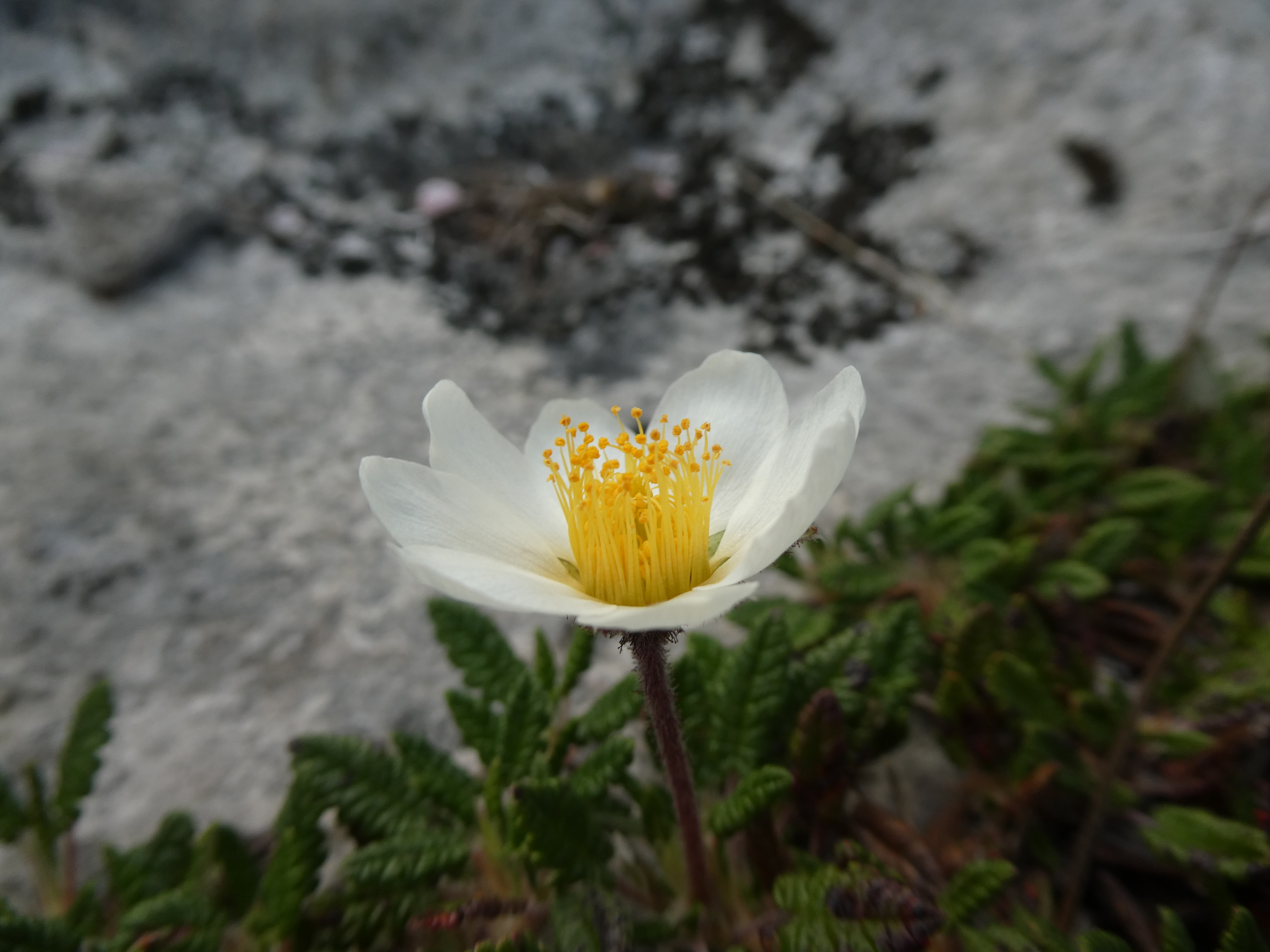Site Management at Fahee North, County Clare
COVID-19 has severely curtailed events this year but we did have two events on September 5th and September 6th in the Burren, County Clare.
On Saturday, September 5th Butterfly Conservation Ireland and Burrenbeo Trust teamed up to cut scrub on the wonderful habitat just north of the Burren Perfumery near the site of St Fachtnan’s Holy Well.
Owing to various weather and COVID-related cancellations, we have not been able to get on the site to manage it. In short, there was and still is much to do!
Ten of us got stuck into the scrub that has encroached onto the highly species-rich grassland. The site contains a very large range of flora, including rare plants such as Hairy Violet. Mountain Avens, Spring Gentian, Goldenrod, Bloody Cranesbill, Devil’s-bit Scabious, Meadow Thistle, Lesser Meadow-rue, eye-bright, Common Cow-wheat, Common Dog-violet and several species of grass occur on the site.
The main threats are presented by the spreading of Common Hazel and Common Blackthorn, which must be kept under control if the rich flora and associated butterflies are to be conserved.
Smaller, more isolated hazel plants were uprooted while established scrub was cut. This will have an important impact as it reduces shade and uncovers flora that was hidden and unavailable for breeding by butterflies.
We were able to see some Marsh Fritillary caterpillars on a well-developed Devil’s-bit Scabious plant and noted how the plant was sheltered by the shape of the adjoining ground and unshaded, making it an ideal site for the larval nest. These are among the conditions our work is designed to maintain.
After a solid morning’s work, we rested for lunch and chat, while we looked at our work and the lovely landscape all around us. We returned and the group I was with finished clearing ‘our’ patch of scrub.
We finished at 4 pm, tired but happy, knowing we were back outdoors, together, at last! The site will now be grazed to improve the sward so by the time we are back in February we will see a great improvement.
A big thanks to Anne Mullen and Kate Lavender for all the organisation of the event and all the conservation volunteers who helped.





Walk in the Burren National Park, Knockaunroe, County Clare
On Sunday 6th September we had a fine, sunny afternoon for our walk in the Burren National Park. We had 16 people for our event, reduced to incorporate social distancing.
The partly reclaimed area has developed into a beautiful mix of scrub and flower-rich limestone grassland containing habitats of the highest quality for a large suite of butterflies and moths.
A wet summer did not help us to see many butterflies but we obtained good views of the important areas and we did see some species, especially Speckled Wood butterflies. The males could be observed flying to and fro patrolling their scrub edge territories while females kept a low profile by flying low to the ground, fluttering around grass blades close to scrub in their search for suitable places to lay their eggs.
Some late Meadow Browns and some Small Tortoiseshells were seen along with a white butterfly, either a Small White or Green-veined White.
Dragonflies, mainly Brown Hawker and Common Darter were seen flying over the grassland and along the scrub, picking off small insects in flight. In truth, numbers of insects appear well done on previous Septembers, but the pleasant, gentle autumn sunshine and excellent conversation made for a memorable day.
A special thanks to Pranjali for organising the event.


